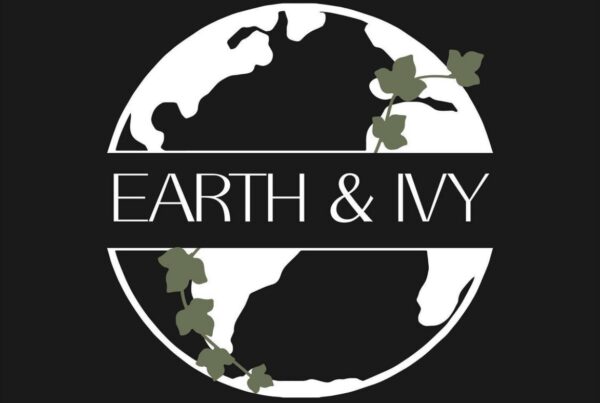
Weed; pot; dope; grass; bud; skunk; loud; reef…
There are nearly twelve-hundred street names for cannabis, all of which have been accrued over the more than four-thousand years that the plant has existed. Its records dating as far back as 2737 B.C., cannabis sativa possesses a history that is as turbulent as it is ancient. Few Americans know the journey taken by the drug we now call marijuana— unaware of its uses in Chinese medical practices; its recreational employment by muslims whose Quran prohibited alcohol consumption; or its commercialization alongside tobacco and other major US cash crops. No, instead the common stock of knowledge emerges somewhere around the 1930s, coinciding with a U.S. Federal Bureau of Narcotics campaign meant to depict cannabis as a dangerous and addictive drug.
In the current political climate, the dangers of federal government controlling information should be starkly apparent. In truth, little varies between now and then. Cannabis has been aggressively swathed within stigmas, falsities, and propaganda instituted by a racist administration. In 2015, of the 1.2 million arrests for drug possession, 46% were for cannabis and while Black people are only about 15% of the population they are arrested at nearly 4 times the rates as whites.
Indeed, I will admit that I have a small passion for the leafy little plant, but prior to this summer, my affinity was mostly one of leisure. It was a schoolmate of mine who inspired the deepening of my connection to the drug. In fact, he is the reason that I know as much as I do about cannabis sativa, as most of the information above was given to me by him.
Nadir Pearson, a member of Brown University’s class of 2019, knows almost all there is to know about the plant. Admittedly, Brown students have acquired somewhat of a reputation for their frequent smoking indulgence, but Pearson’s relationship with the drug is of a different nature entirely.
After a bout of concussions dating back to his junior year of high school, Pearson regretfully stepped down from Brown’s football team. The loss of such a large time commitment, Pearson says, “forced him to redefine himself,” opening up doors to other possible passions for him to pursue; and by the beginning of his sophomore year, the door he chose was the green one.
Pearson admits that he was smoking before his time at Brown, but it was in Providence that recreation and education made a meaningful connection. During his first semester as a sophomore, Pearson began networking with a slew of cannabis professionals around New England, eventually securing an internship with Ardent— a company determined to stabilize, utilize and deliver the medical benefits of cannabis. The influx of information that followed was something that needed to be shared, Pearson felt.
“As I began to gain real experiences and meet real people, I saw opportunities not just for myself, but in the versatility of careers within biology, law, business, media, and so many more that would inspire my peers alike. The cannabis industry was and is the next billion dollar industry, and with so many black and brown people like myself locked up for this same cash crop, I felt compelled to raise awareness and get active.”
This was the beginning of what soon became Brown’s Student Marijuana Alliance for Research and Transparency (SMART). Prior to this, drug policy and science was mostly confined to two other student organizations: Brown Psychedelic Science Group and Students for Sensible Drug Policy. Though both hold highly important roles on campus, Pearson felt that between the benefits of weed and the ream of misinformation surrounding it, Brown needed something more specific for its students. Pearson set forward and took the necessary steps to getting SMART solidified at Brown. He easily exceeded the number of signatures required by the school’s Undergraduate Council of Students, established credible social media accounts and put forth the group’s goals and objectives. Within an impressive amount of time, Pearson had built Smart from the ground up nearly all on his own, setting out to educate his peers, family, and anyone else willing to listen. “SMART is my baby,” Pearson remarks, “and I hope to show all the love & nurturing that can come from a community of people who want to learn openly without being judged.”
Approved by Brown in the spring semester of 2017, SMART will officially be up and running this upcoming year. Though still in an infantile stage, Pearson has high hopes for the trajectory of SMART. He has paired with other Brown alumni who have careers in the cannabis field, inviting some of them to come back to the school as guest speakers and co-educators. Additionally, while Pearson acknowledges that cannabis education should begin with universities, he has a long term goal of getting involved with high schools and educating kids before they head off to college. “Waiting until our children are eighteen years old and going to college to tell them the truth about the world is a formula for creating another generation of closet cannabis users,” Pearson tells me.




